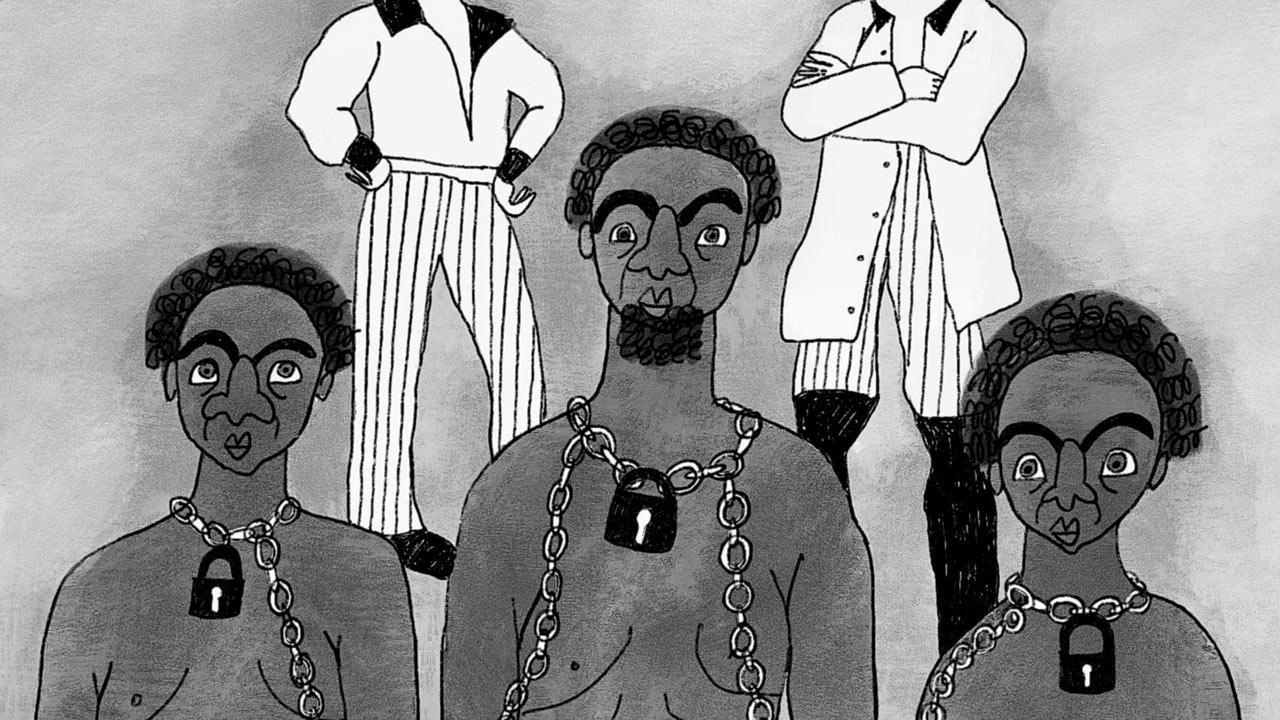From the discovery of vitamins to the big bang theory, a new title for children unpacks how scientists find solutions to the many problems of our world

Illustrated by Sumedha Sah
If you think about it, every little thing that surrounds you is a product of someone’s imagination, discovery or invention — even this newspaper you are holding in your hands right now or the screen you are reading it on. But most often, we don’t think about it. We don’t bother to ponder on how the sun shines as long as it does. We don’t ask questions. And that’s the line of thought that’s seeped into Shruthi Rao’s children’s book that releases today.
ADVERTISEMENT
The book also explores the idea of race and racial discrimination
In about 200 pages, How We Know What We Know (Puffin Books) takes the reader through years of human curiosity and how the solutions to mind-boggling problems on the planet were arrived at by the finest minds. The idea of inanimate objects resurrecting living things — like a scorpion being made from basil leaves sandwiched between two bricks and left in the sun — sounds bizarre now. But back in the 17th century, this was believed to be legitimate and called the theory of “spontaneous generation”. Thanks to Louis Pasteur, the father of microbiology, we don’t believe in this stuff anymore.
Climate change, the story of Ebola
Rao’s book is not as much about breaking down scientific phenomena and its relation to cultural phenomena, like race, for example, as it is about how scientists went about finding solutions — much like a Sherlock Holmes mystery. And mystery is what keeps readers engaged, too. “The stories of how scientists have found whatever we know, are stories of determination, hard work and excitement. They found clues and managed to find the answer. I wanted to share that love and wonder with kids,” the author tells us over the phone from the San Francisco Bay Area, where she lives.
And the evolution of maps from a wall mural in Turkey and GPS technology. Pics Courtesy/Puffin Books
What compelled Rao to write this title was this age of fake news and WhatsApp University, where people don’t verify information. The book, an attempt to try and encourage children to keep asking questions, was conceived of eight years ago. “I wrote a couple of stories but wasn’t ready as a writer to express large ideas in simple ways,” she shares.
Rao, who now works with a news education company in the US, began writing the title three years ago and finished it at the end of 2019. Writing the biology part as well as modern topics like Artificial Intelligence and 3D printing were the most enjoyable for her.
With professional experience in the IT industry and a master’s degree in energy engineering, she maintains that her background has helped her write about science for kids. But it’s her personal experience that explains the lucid manner the book is written in. “I have a daughter, who is now 13, but at the time of writing the book was the age of the audience the book is targeted at. Whenever I thought about if a child would understand it, I imagined myself speaking to my daughter.”
 Subscribe today by clicking the link and stay updated with the latest news!" Click here!
Subscribe today by clicking the link and stay updated with the latest news!" Click here!






